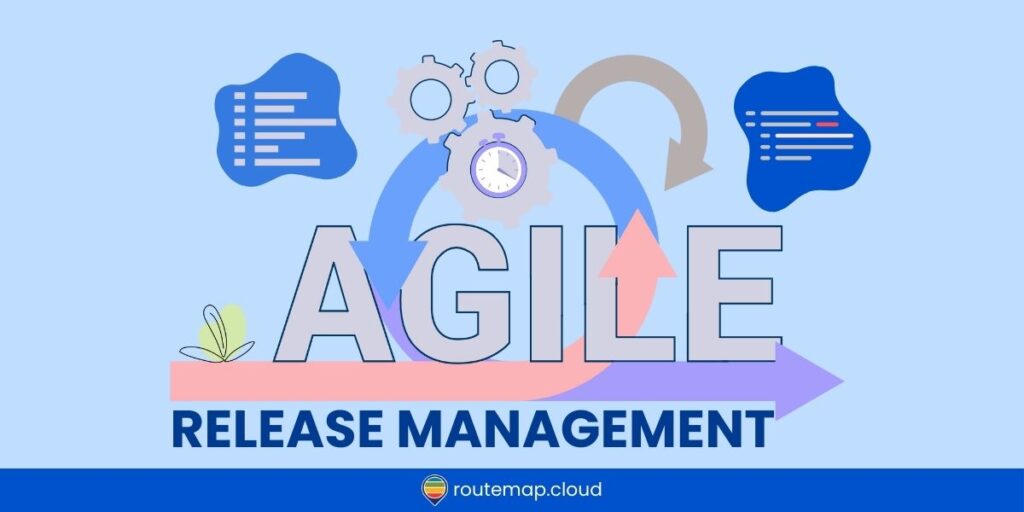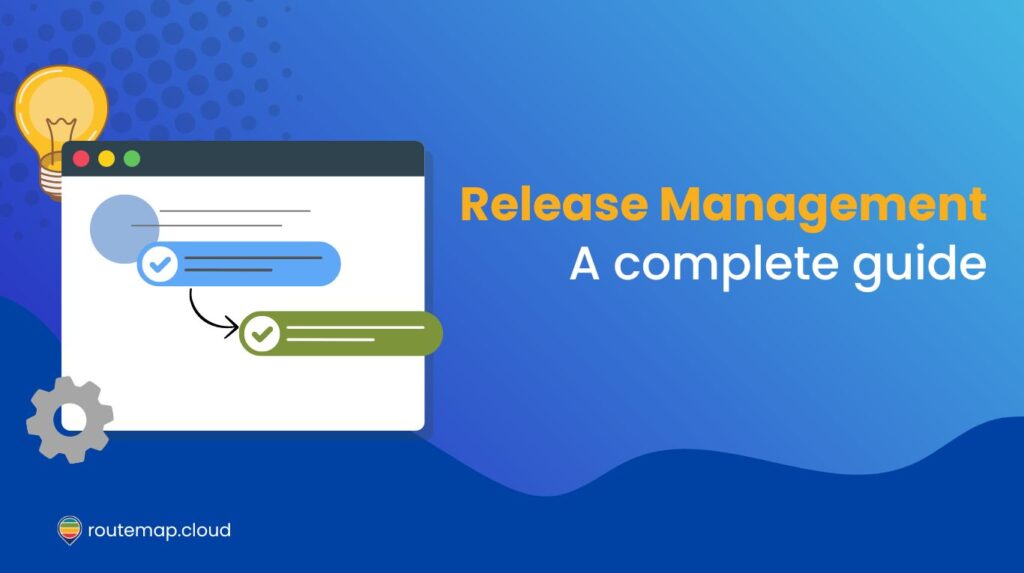Release management is a critical process in software engineering that ensures software is developed, tested, and deployed in a controlled and systematic manner. It plays a vital role in the success of software projects by managing the complexities involved in releasing software to production.
This article aims to provide a comprehensive understanding of release management, detailing its key components, phases, methods, and overall importance in the software development lifecycle.
What is release management?
Release management is a critical process in software engineering and IT operations. It involves planning, scheduling, and controlling the movement of software from development through various stages to deployment and production environments.
This systematic approach allows development teams to build and test that software efficiently and release it reliably with minimal risk. The main goal of release management is to ensure that new and updated software products are delivered to users in a controlled and seamless manner, maintaining high quality and functionality standards.
5 phases of the release management process
1. Planning phase
The planning phase is the foundation of the release management process. It involves defining the scope and objectives of the release, establishing timelines, and allocating resources.
As a result, this phase ensures that all stakeholders clearly understand what needs to be achieved and by when. Additionally, proper planning sets the stage for a smooth release process, reducing the likelihood of unforeseen issues.
During this phase, a detailed release plan outlines the tasks, dependencies, and milestones. It also involves risk assessment and mitigation planning to address potential challenges.
Effective planning helps align the team’s efforts and ensures everyone is on the same page regarding the release goals and schedule.
2. Building management
Release building is the process of compiling the source code into executable programs. It involves managing dependencies and configurations to ensure that builds are consistent and reproducible.
Not only that, this phase is crucial for maintaining the integrity of the software and ensuring that the builds are stable and reliable. Besides, teams can use automated build tools and continuous integration practices to streamline this phase.
Moreover, the building phase also includes version control to keep track of different iterations of the software, ensuring that any issues can be traced back and resolved efficiently. This phase empowers you and your team to assemble and configure the software components correctly, making them ready for testing and deployment.
3. Testing phase
Testing is a critical phase in the release management process. It involves conducting various types of tests, such as unit, integration, system, and acceptance testing, to identify and fix defects.
Besides, the testing phase ensures the software meets the quality standard requirements and functions as expected. This phase also helps detect issues early, reducing the risk of defects in the production environment.
Automated testing tools are often used to enhance the efficiency and coverage of testing. Test cases and scripts are prepared based on the requirements and specifications, ensuring that all functionalities are thoroughly tested. Comprehensive testing helps in delivering a reliable and high-quality software product.
4. Preparing phase
The preparation phase is crucial to ensuring a smooth deployment. It involves finalizing the deployment plans, verifying that all prerequisites are met, and preparing the production environment.
Additionally, this phase includes conducting dry runs or mock deployments to identify potential issues and resolve them before the actual deployment. This phase also involves creating rollback plans to address any potential failures during deployment.
Documentation is updated, and all stakeholders are informed of the deployment schedule and their respective roles. As a result, this phase ensures that everything is in place for a successful deployment, reducing the risk of disruptions and ensuring a seamless transition to the new release.
5. Deployment
Deployment is the process of moving the software from development to production environments. It requires careful coordination with IT operations to ensure a successful deployment with minimal disruption to users.
This phase involves executing deployment plans, verifying that the software is correctly installed, and ensuring that all necessary configurations are applied. Deployment can be done in several ways, such as blue-green deployment, canary releases, or rolling updates, depending on the organization’s requirements and risk tolerance.
Post-deployment validation is also a crucial part of this phase to ensure the deployment is successful and the software is functioning correctly in the production environment. Besides, effective deployment strategies help minimize downtime and ensure a smooth transition to the new release.
Release management methods
Release management can be approached in various ways, depending on the development methodology and organizational needs. Two primary methods are Agile development and Waterfall development.
1. The Agile development method
Agile development is an iterative and incremental approach emphasizing flexibility, collaboration, and continuous improvement. You can use this method to handle changing requirements and deliver software in shorter cycles, known as sprints, typically ranging from one to four weeks.

Agile development focuses on delivering small, functional pieces of the software frequently, allowing for rapid feedback and adaptation.
Some key characteristics of Agile development are:
- Iterative process
- Continuous feedback
- Collaboration
- Flexibility and adaptability
More importantly, release management in Agile development focuses on frequent and incremental releases. Continuous Integration (CI) and Continuous Deployment (CD) are common practices, where code changes are automatically tested and deployed to production environments.
Therefore, this approach ensures that new features, bug fixes, and enhancements are delivered quickly and reliably. Moreover, Agile release management benefits from automated testing, which helps maintain quality and reduces the risk of introducing defects into the production environment.
One of the most versatile tools for Agile release management is Jira from Atlassian. This tool is tailor-made for Agile teams, offering the Scrum template and Jira backlog to manage product releases effectively.
More importantly, you and your teams can also explore its marketplace to find a more suitable solution for your projects. Something like Routemap – Portfolio Roadmaps, Timeline Gantt-chart & Kanban for Jira – will help you manage releases from multiple projects effortlessly.
2. Waterfall development method
Waterfall development is a traditional, linear approach to software development. It follows a sequential process where completing each phase is a must before moving on to the next.
The phases typically include requirements gathering, design, implementation, testing, deployment, and maintenance. Additionally, Waterfall development is suitable for projects with well-defined requirements and minimal expected changes.
The Waterfall release management method has these characteristics:
- Linear process
- Detailed documentation
- Stability and predictability
- Less flexibility
Release management in Waterfall development typically involves a single, large-scale release at the end of the development cycle. The deployment phase is carefully planned and executed after thorough testing and validation. As a result, this approach ensures that the entire product is delivered as a complete package.
Moreover, release management focuses on extensive testing, quality assurance, and detailed deployment plans to minimize risks and ensure a smooth transition to production. Rollback plans and contingency measures are also put in place to address potential issues during deployment.
Final thoughts
Release management is a crucial process in modern software development, ensuring software delivery efficiently, reliably, and with high quality. By understanding its key components, phases, and methods, organizations can streamline their release processes, manage risks, and continuously improve their software products.
Effective release management is essential for maintaining the integrity of software, meeting user expectations, and achieving successful project outcomes. Adopting best practices and utilizing appropriate tools can significantly enhance the release management process, leading to more efficient and reliable software releases.
You might also be interested in:




